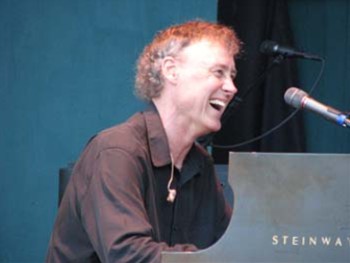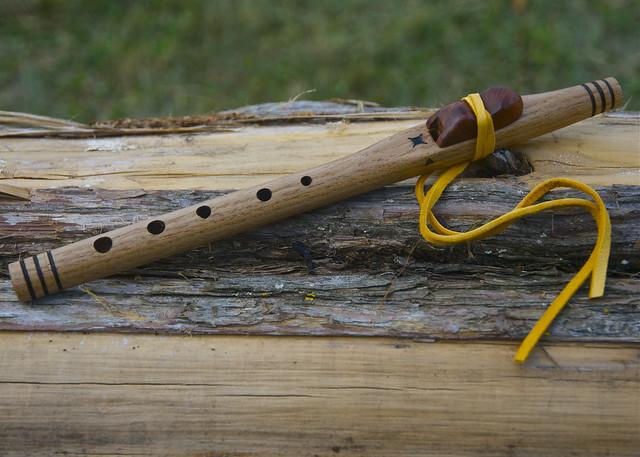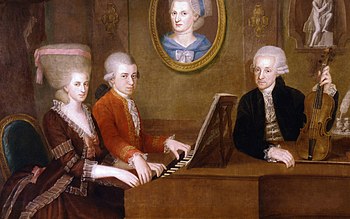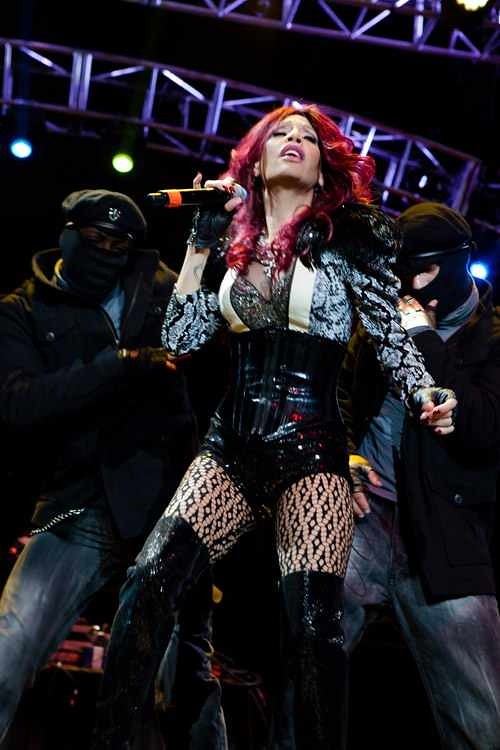 |
| Slide Guitar - Photo: Wikimedia |
Don’t you just love the distinctive sound of a slide guitar, whether it’s on a country tune or the down and dirty blues? There has been a renewed interest in slide and bottleneck guitar playing in the last few years, and the new country music has adopted the sound big-time.
I was intimidated when I first put a slide on my little finger, it was awkward, and the sound I made was horrible. I did not have anybody to show me how to dampen the strings, what scales sounded good in standard tuning, and not a clue as to all of the “open-tunings” that are available to both fingerstyle and slide playing.
Actually playing with a slide can be very easy, and beginners can get some really cool sounds with a bit of practice. I would recommend tuning to an open D or open G at first. The open tuning approach gives nice major chord sounds up and down the neck, and allows for some easy fingering and ability to play songs right away. That’s the reason for playing right? Exercises and scales have their place but most people I know that started to play guitar, want to learn some songs.
First, start with a slide or “bottleneck” as many refer to when describing the tube that you wear on your finger. The choices are many, the material is endless, and the type of tone they produce is just as varied. You will be the ultimate judge of the tone and sound you create.
The two basic materials are either glass or metal, with ceramic coming in a distant third. Can’t really say I have a favorite type of slide. I have just about one of every kind you can think of, I prefer glass on electric guitar and steel or brass on acoustic guitar.
One tip that is guaranteed to help give you better TONE is going for very dense material. Get a thick or heavy glass slide, as this will increase sustain and fatten up your sound. My preference is hand blown leaded glass, but very hard to find in the US, as it is illegal to use leaded glass for manufacturing. I got mine from a vendor in the UK.
The preferred finger is the pinkie on your fretting hand, but lots of players use their ring or even the middle finger. The advantage of using your little finger is that it gives you the most fretting possibilities, but some claim you give up some control. The main thing is just try on a bunch of slides and go for what feels good to you!
Once you have found a slide just have some fun running it up and down the strings. More than likely you can make some awful noise, the task is how you can quiet down all of that excessive noise and get some soulful sound coming from your guitar.
Let's start with an open tuning; my preference is open G tuning.
Drop your fat or lower E string down to a D pitch. You can use the 4th string or D to tune to. Then tune the A string down G and you can use the 3rd or G to tune to as well. The last string you have to detune is the bottom E or 1st string. Tune it to D as well, then when you strum your guitar it plays a G major chord and sounds really sweet.
Your guitar sound now is tuned D-G-D-G-B-D as opposed to the regular tuning of E-A-D-G-B-E.
Open G tuning. It's a favorite among slide guitarists, because it gives you a wide-open major chord on any fret, and it allows an easy alternating bass because the root (the main note of the chord, G if it's a G chord, for example) is on the fifth string while the fifth (D if it's a G chord, for example) is on the sixth and the fourth. Both slide and non-slide players also appreciate the fact that open G also enables you to play a standard blues line with relative ease!
One of the most crucial aspects of getting good clean sound is the use of damping behind the slide. Master this technique and you will be amazed how good the sound of you slide on steel strings will be.
I suggest that you lay your fretting fingers flat on the neck just behind the slide, and use slight pressure on the strings with the slide. Not too heavy, as you do not want to hit the fret but not so light that you get no sound either. Just experiment a little and you will find the right pressure to use.
You also want to play just over the fret and not behind as this will give you the best intonation. This also takes some practice but with some careful listening, you will know when you are on the pitch. Mater this technique and you will be beyond most occasional players.
I have a website devoted to slide guitar and links to many resource and reviews of video lessons on slide playing. I think the sound of slide guitar is the most human-like of any instrument and allows the guitarist to express an amazing range of emotion and feeling on the guitar.
Peace
Author: Dennis Tryon













